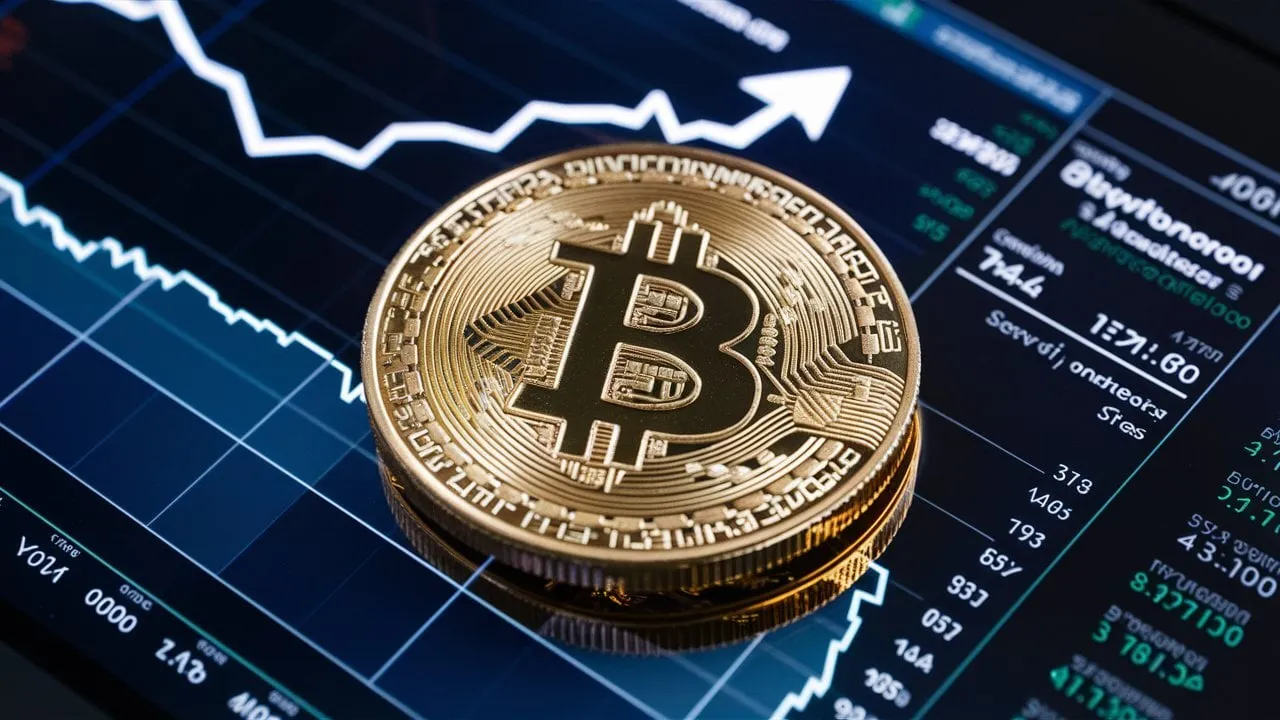Global Crypto Market Holds Steady at $3.49 Trillion Amid Mixed Investor Sentiment
Global Crypto Market Holds Steady at $3.49 Trillion Amid Mixed Investor Sentiment
By
Leah Rosenfeld
Last updated:
November 6, 2025
First Published:
November 6, 2025

A Market Balancing Between Fear and Confidence
The global cryptocurrency market has found a rare moment of balance, maintaining a total capitalization of approximately 3.49 trillion dollars despite conflicting economic signals and investor moods. While some traders interpret this as a sign of consolidation, others see it as a calm before another possible wave of volatility. The stability is both surprising and telling—it reflects a maturing ecosystem learning to stabilize after years of emotional trading cycles.
Institutional Flows Provide the Foundation
Institutional investors continue to act as the stabilizing force behind crypto’s current performance. Hedge funds, asset managers, and corporate treasuries are gradually increasing their exposure to digital assets, drawn by the growing integration of blockchain technology into mainstream finance. Their participation has reduced the extreme price swings that once characterized the market. For these large investors, the focus has shifted from speculation to long-term positioning, particularly in Bitcoin and tokenized bonds.
Retail Investors Grow More Cautious
Retail sentiment, however, tells a different story. Many small investors are treading carefully after experiencing multiple market corrections in recent years. Trading volumes among retail participants have fallen, signaling fatigue and skepticism. Instead of chasing new projects, they are focusing on accumulation strategies and stablecoin yields. This cautious behavior is contributing to the overall equilibrium of the market, allowing institutional money to take a more dominant role in price direction.
Macro Conditions Shaping the Crypto Outlook
The broader financial environment continues to exert a powerful influence on digital assets. Persistent inflation pressures, fluctuating interest rates, and global trade uncertainties have pushed investors toward diversified asset portfolios. Crypto now sits alongside gold, real estate, and stocks as part of a wider defensive strategy. As traditional markets waver, crypto’s resilience as an alternative asset is being tested, and so far, it has managed to hold its ground.
The Role of Regulation in Maintaining Stability
One of the primary reasons for the market’s relative calm is the growing clarity in global crypto regulation. Governments in Europe, Asia, and North America have moved toward defining legal frameworks for exchanges, custodians, and token issuers. This structure is helping large institutions enter the space without fear of sudden policy reversals. The legitimacy of crypto is no longer under debate—it is now being refined and integrated into the existing global financial order.
Stablecoins Anchor the Market
Stablecoins have emerged as the unsung heroes of market stability. Their increasing use in settlement, lending, and cross-border transactions has provided liquidity and consistency. Major stablecoin issuers are now functioning more like regulated financial institutions, maintaining transparent reserves and adhering to strict audit requirements. This transparency has helped mitigate systemic risk, ensuring smoother liquidity flow even during volatile periods.
Emerging Technologies Strengthening Market Confidence
The continued development of blockchain scalability solutions, decentralized storage, and tokenized real-world assets has reinforced investor confidence. Projects focused on practical use cases—such as payment networks, carbon credits, and identity verification—are attracting renewed attention. The convergence of crypto with artificial intelligence and data analytics is also fueling optimism that blockchain will soon power a broader digital economy beyond trading.
Global Diversity of Adoption
Crypto adoption remains geographically diverse. In Asia, institutional projects are expanding rapidly under regulatory supervision. In Europe, digital finance frameworks are being tested for cross-border interoperability. Meanwhile, Latin America and Africa are embracing blockchain for remittance and microfinance solutions. This global distribution of adoption has made the market more resilient, reducing the dominance of any single region or investor demographic.
A Temporary Calm or Sustainable Plateau
Analysts remain divided on whether the current market steadiness represents consolidation before growth or the beginning of a prolonged plateau. Some argue that institutional inflows will soon reignite a new bullish phase, especially if global liquidity conditions improve. Others believe that the market has reached a natural balance where growth will depend on utility rather than hype. Either way, the absence of panic suggests that crypto has entered a more self-regulated and rational era.
The Quiet Confidence of a Mature Market
What makes the current state of the crypto market remarkable is its quiet confidence. Investors are no longer reacting to every rumor or tweet; they are responding to fundamentals, technological progress, and regulatory developments. This composure is the hallmark of an industry coming of age. As digital assets continue to weave themselves into the global financial fabric, the stability seen at 3.49 trillion dollars could very well mark the beginning of crypto’s most sustainable era yet.
Popular articles
Subscribe to unlock premium content
Disney’s Timeless Magic and How the Entertainment Giant Continues to Shape Culture and Innovation

Imran Khan’s Economic Missteps Amid Political Chaos in Pakistan

The Philippines’ Digital Shift How Remittances and BPO Are Fueling Growth

Disney’s Timeless Magic and How the Entertainment Giant Continues to Shape Culture and Innovation

Imran Khan’s Economic Missteps Amid Political Chaos in Pakistan

Disney’s Timeless Magic and How the Entertainment Giant Continues to Shape Culture and Innovation









